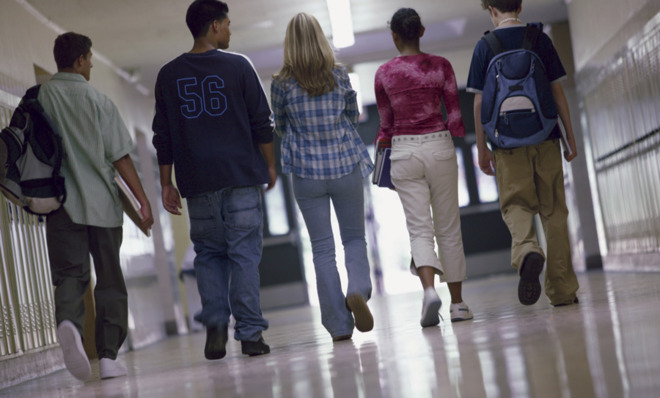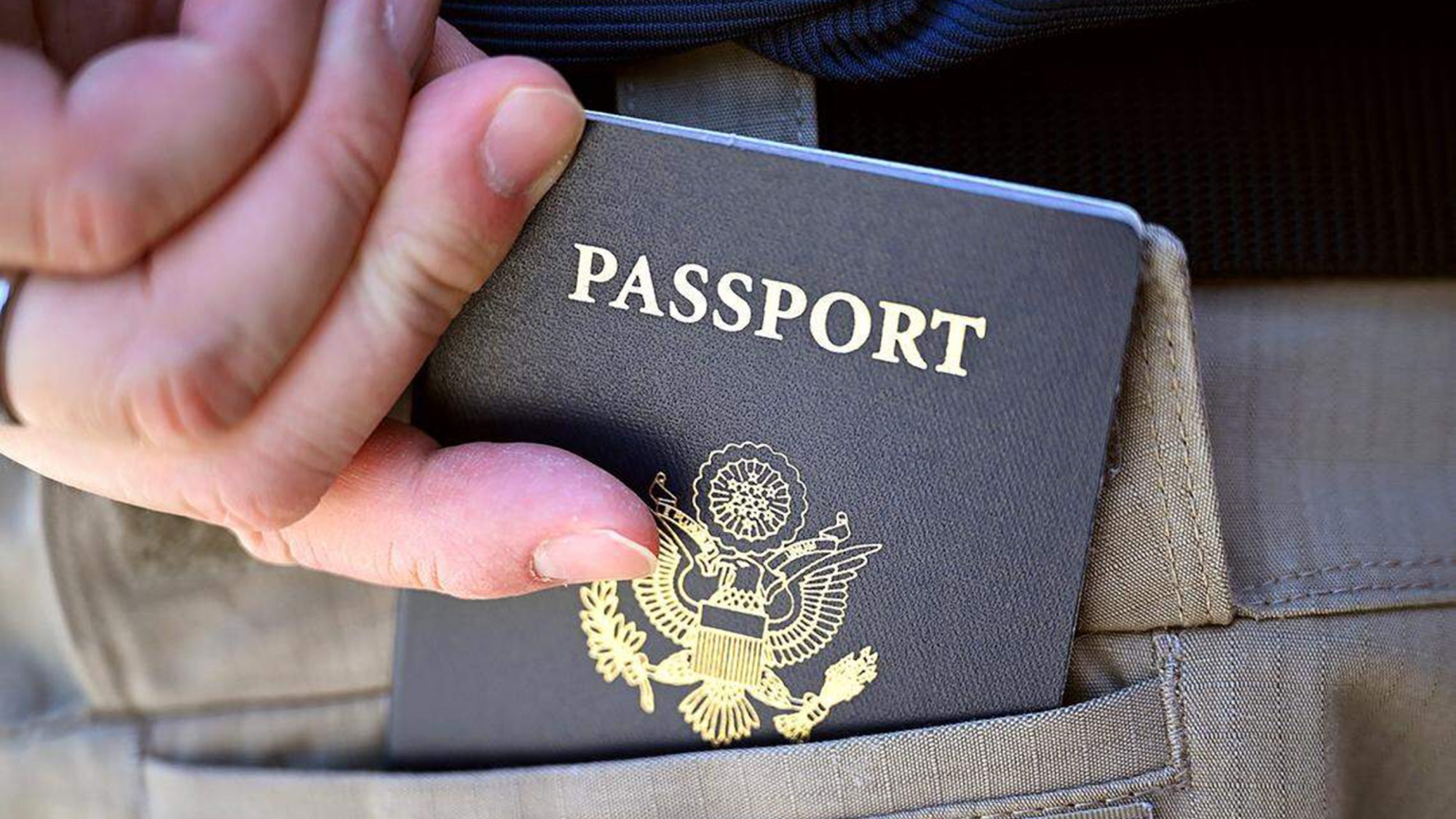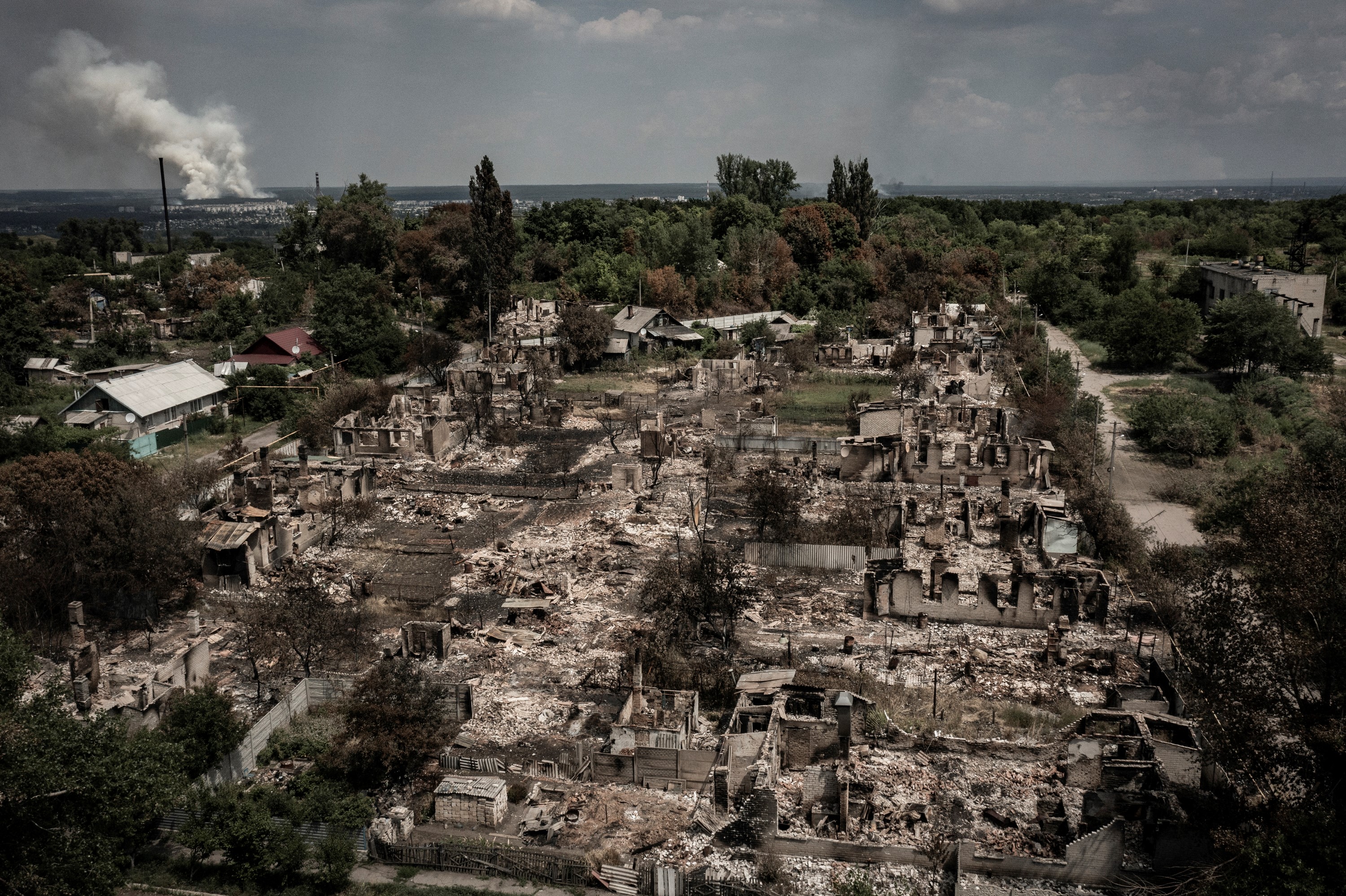Yes, U.S. schools still discipline students based on their race
President Obama is making a push to end the practice. But conservatives say the administration has gone too far.

It sounds like something from 1955: In a public school in the United States, kids who come to school less than five minutes late are allowed to go directly to class — unless they're Native American. When these students are tardy, the school's safety officer detains them until the grace period is over, and then sends them straight to the principal's office, according to a report released jointly this month by the Department of Education and Department of Justice.
With 2 million American kids suspended or expelled from junior high and high schools each year, the Obama administration decided to figure out what the heck is going in America's classrooms. The results of the investigation weren't pretty: Discriminatory policies that push students of color, and those with disabilities, out of the U.S. education system.
The administration has now issued guidance that aims to end discrimination and curb out-of-school suspensions, particularly for nonviolent offenses. But with conservatives arguing that the recommendations go too far, and resources for public school teachers stretched thin, change won't be easy.
The Week
Escape your echo chamber. Get the facts behind the news, plus analysis from multiple perspectives.

Sign up for The Week's Free Newsletters
From our morning news briefing to a weekly Good News Newsletter, get the best of The Week delivered directly to your inbox.
From our morning news briefing to a weekly Good News Newsletter, get the best of The Week delivered directly to your inbox.
Fifteen percent of students in the report's data pool were African-American — but they accounted for 44 percent of students suspended more than once. The discrepancy was "not explained by more frequent or more serious misbehavior by students of color," the investigators wrote.
One district, for example, booted more black students than white students to the alternative school, even though both groups had committed a similar number of offenses. Investigators also found policies that weren't intended to be discriminatory, but ended up having a disproportionate impact on minorities.
"There's this idea that young people are pushed out of school for violent behavior, and that's just not the case — it's things like truancy, cellphone use, not having supplies, and uniform violations," says Thena Robinson-Mock, director of the Advancement Project's Ending the Schoolhouse to Jailhouse Track program. "And students of color are punished at higher rates. It's a fact."
Reform advocates say that America has a "school-to prison-pipeline," whereby a combination of overcrowded classrooms, inadequate resources, and zero-tolerance policies force kids out of school and into the justice system. A sixth-grade girl in Austin said that in 2011 she sprayed herself with perfume in class, because bullies were telling her that she smelled. She ended up with a misdemeanor and a $150 fine from law enforcement, which cited her for disrupting class.
A free daily email with the biggest news stories of the day – and the best features from TheWeek.com
"When I was in school, I might get a talking-to by the principal, but now you have law enforcement coming in, which creates criminal records," says Deborah Vagins, senior legislative counsel for the ACLU. According to the Obama administration's guidance, schools should rely less on outside law enforcement to solve in-school problems.
Conservatives say that the Obama administration is going too far. "As best I can tell, they are telling schools that even if you have policies that are clearly neutral, that are clearly evenhanded, that are clearly designed to create safe environments for students and educators, [the Department of Justice] still might come down on you like a ton of bricks," Frederick Hess, director of education policy at the conservative think tank American Enterprise Institute, told the Daily Caller.
But Robinson-Mock, from the Advancement Project, disagrees, arguing there's overwhelming evidence that the Obama administration's guidance is long overdue. "Racial profiling doesn't work outside of the classroom and it won't work inside," she notes.
Many teachers say they approve of the general principles behind the Obama administration's plan. But some educators are concerned that the resources to keep troubled kids in schools simply aren't available. "Out-of-school suspensions are less effective in many cases," writes Ian Keith, a teacher at Randolph Heights Elementary School in Minnesota. "But I'm worried that without a strong commitment to [alternatives], that the problems in our classrooms will only get worse." (As part of the plan, the Obama administration is proposing to dedicate $150 million to place more counselors and resource officers in U.S. schools.)
James Forman Jr., a clinical professor at Yale Law School, told the New York Times that schools also currently have a strong incentive to kick out students, rather than give them second chances: "A kid is causing trouble, that's probably not a kid who is testing well."
Vagins, of the ACLU, acknowledges that "this is only the beginning, we need schools to make sure that these are implemented." But Robinson-Mock says keeping classrooms safe and productive, while ending discriminatory policies, are not contradictory goals: "There are clear practical approaches in this guidance. And we put our budget where our values are. I've heard people say, 'How can we afford to do this?' Well, how can we afford not to?"
Dana Liebelson is a reporter for Mother Jones. A graduate of George Washington University, she has worked for a variety of advocacy organizations in the District, including the Project on Government Oversight, International Center for Journalists, Rethink Media, the Reporters Committee for Freedom of the Press, and Change.org. She speaks Mandarin and German and plays violin in the D.C.-based Indie rock band Bellflur.
-
 US citizens are carrying passports amid ICE fears
US citizens are carrying passports amid ICE fearsThe Explainer ‘You do what you have to do to avoid problems,’ one person told The Guardian
-
 All roads to Ukraine-Russia peace run through Donetsk
All roads to Ukraine-Russia peace run through DonetskIN THE SPOTLIGHT Volodymyr Zelenskyy is floating a major concession on one of the thorniest issues in the complex negotiations between Ukraine and Russia
-
 Why is Trump killing off clean energy?
Why is Trump killing off clean energy?Today's Big Question The president halts offshore wind farm construction
-
 Bari Weiss’ ‘60 Minutes’ scandal is about more than one report
Bari Weiss’ ‘60 Minutes’ scandal is about more than one reportIN THE SPOTLIGHT By blocking an approved segment on a controversial prison holding US deportees in El Salvador, the editor-in-chief of CBS News has become the main story
-
 Has Zohran Mamdani shown the Democrats how to win again?
Has Zohran Mamdani shown the Democrats how to win again?Today’s Big Question New York City mayoral election touted as victory for left-wing populists but moderate centrist wins elsewhere present more complex path for Democratic Party
-
 Millions turn out for anti-Trump ‘No Kings’ rallies
Millions turn out for anti-Trump ‘No Kings’ ralliesSpeed Read An estimated 7 million people participated, 2 million more than at the first ‘No Kings’ protest in June
-
 Ghislaine Maxwell: angling for a Trump pardon
Ghislaine Maxwell: angling for a Trump pardonTalking Point Convicted sex trafficker's testimony could shed new light on president's links to Jeffrey Epstein
-
 The last words and final moments of 40 presidents
The last words and final moments of 40 presidentsThe Explainer Some are eloquent quotes worthy of the holders of the highest office in the nation, and others... aren't
-
 The JFK files: the truth at last?
The JFK files: the truth at last?In The Spotlight More than 64,000 previously classified documents relating the 1963 assassination of John F. Kennedy have been released by the Trump administration
-
 'Seriously, not literally': how should the world take Donald Trump?
'Seriously, not literally': how should the world take Donald Trump?Today's big question White House rhetoric and reality look likely to become increasingly blurred
-
 Will Trump's 'madman' strategy pay off?
Will Trump's 'madman' strategy pay off?Today's Big Question Incoming US president likes to seem unpredictable but, this time round, world leaders could be wise to his playbook